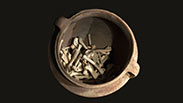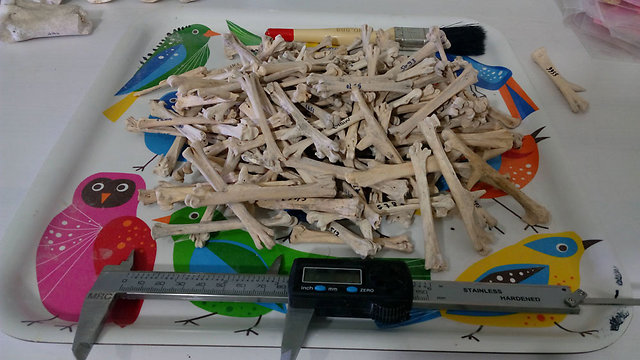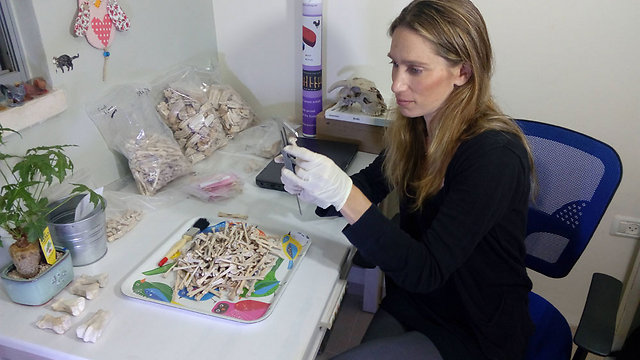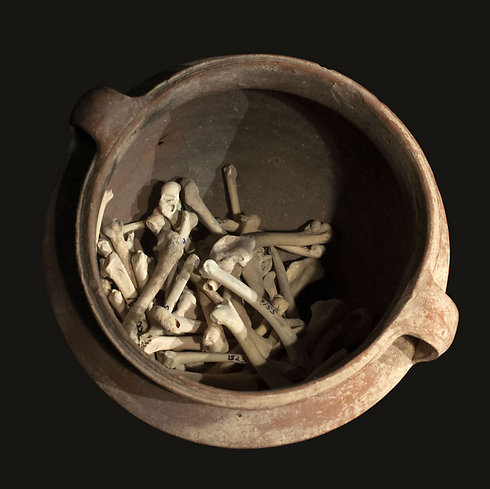
Study: Poultry farming in Israel occurred 2,300 years ago
Archaeological site contains earliest known evidence for chicken breeding in the West; amount of bones and their marking indicate that birds were raised and eaten locally as well as exported.
Large-scale poultry farming occurred in Israel as far back as 2,300 years ago, according to a Haifa University study published Tuesday in the Proceedings of the National Academy of Sciences of the United States of America.
Samples were taken from dozens of chicken bones bearing marks of slaughter and roasting found in the Hellenistic-era site at Maresha in central Israel.
According to the study, commercial breeding of poultry originated in Israel. "Examining the animal remains at the Maresha site represents the earliest evidence in the Western world for a wide-ranging poultry industry," said Lee Perry-Gal, who led the study.

The chicken, which arrived in the Middle East around five millennia ago from East Asia, was initially considered a rare, exotic creature. It was once used mainly for sacrificial offerings and cockfights. Until now, the time and place in which chickens began to be bred as domestic livestock were unknown.
At Maresha, which is part of the Beit Guvrin National Park, subterranean agricultural facilities were found, indicating that farming exports were a central economic pillar in the settlement.
The study by Haifa University researchers – led by Dr. Adi Erlich, Professor Ayelet Gilboa, and Professor Guy Bar-Oz, all from the university's Zinman Institute for Archeology – led to a surprising discovery about the proportion of chicken bones: around 30 percent of all the bones at the site were identified as belonging to chickens, compared to small percentages at similar Hellenistic sites throughout the Middle East. The abundance of bones, in addition to signs of burning and slaughter, indicate that chickens were raised and eaten at the site.

Wall paintings and figurines depicting chickens found at Maresha provide further evidence of their importance to the local economy. The study suggests that chickens were raised for eggs as well as meat.
"Hundreds of years of gradual acclimation by chickens to the Mediterranean climate in the southern Levant, alongside gradual assimilation of this animal into the Mideast economy, apparently created a durable type of chicken suited to economic exploitation," said Perry-Gal and Bar-Oz.
"The spirit of globalization that typified the Hellenistic government created the appropriate conditions for changing the chicken's status and its entry into the human diet. In the Roman era, around one or two centuries after the beginning of industrial breeding in Maresha, the Romans were introduced to the new type of chicken, which they distributed to the cultural centers of Europe."











